
Investigative Techniques
Updated Test of 24 LLMs for Geolocation
Bellingcat ran a series of geolocation challenges using two dozen popular AI platforms, with varying results.

Bellingcat ran a series of geolocation challenges using two dozen popular AI platforms, with varying results.
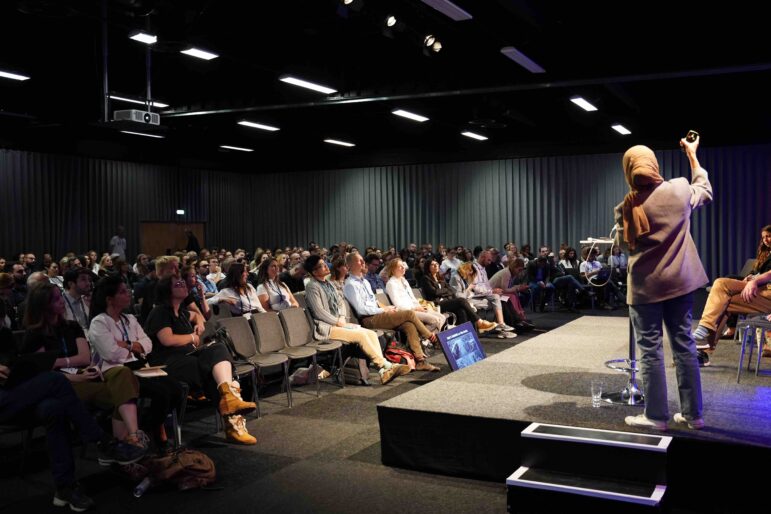
Forensic visual investigation has rapidly become a critical method of journalistic inquiry, thanks to new technologies, innovative skills, and the global ubiquity of social media imagery.
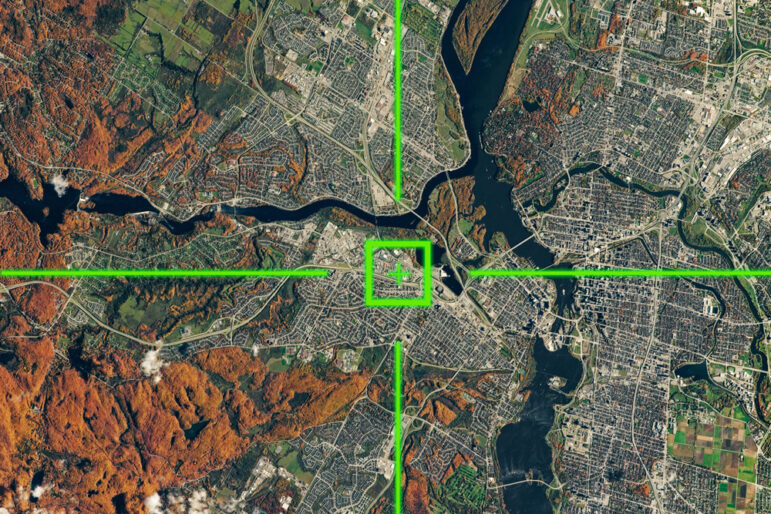
Bellingcat fellow Dennis Kovtun tests the online geolocation capabilities of two popular AI chatbots — Microsoft’s Bing AI and Google’s Bard — and finds both have some serious drawbacks.
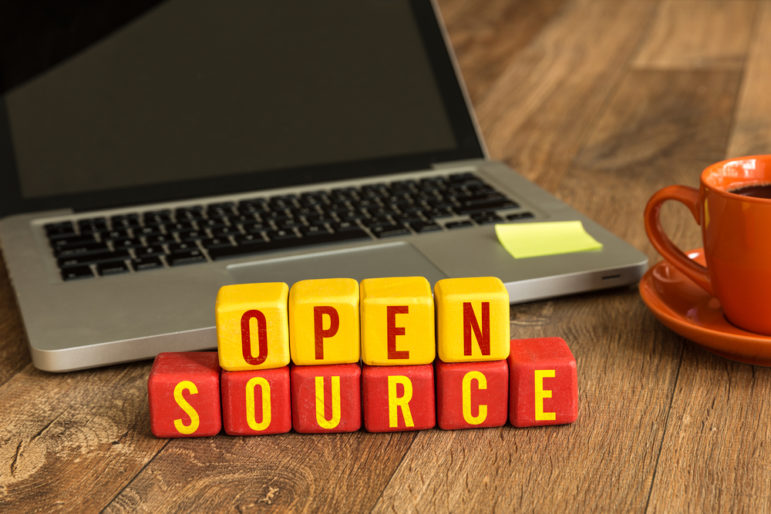
In this interview, Amnesty International’s Sam Dubberley discusses how open source techniques can help in the investigation of human rights abuses and gives advice for journalists interested in this type of research.
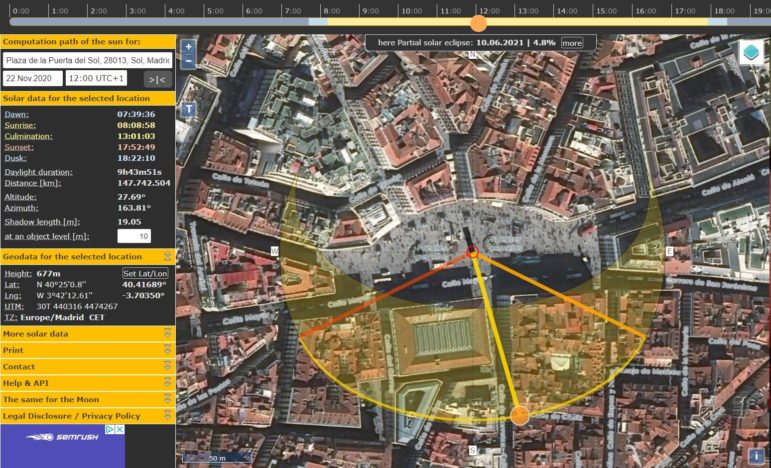
In this quick how-to article, open source researcher Youri van der Weide walks readers through how to use the free tool SunCalc to verify where a photo or video posted online was taken.
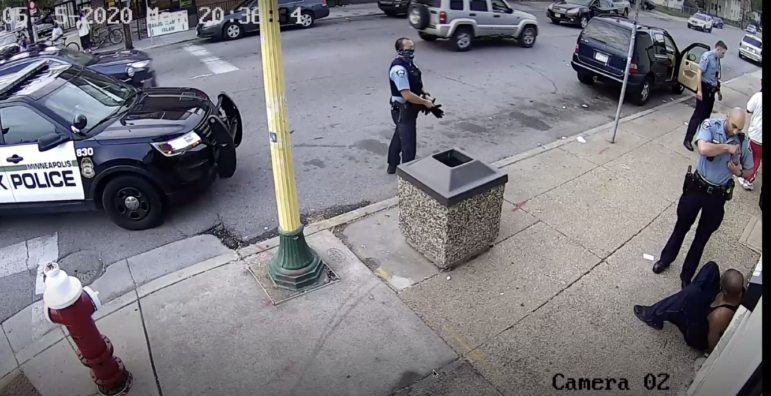
In a GIJN webinar on investigating the police, investigative journalists from Tunisia, South Africa, and the United States shared several effective approaches and tools for holding law enforcement bodies accountable for misconduct. Their tips include open source tools for visual forensic analysis of incidents, strategies for matching police radio audio files with social media video, and easy ways to begin your hunt for CCTV footage.
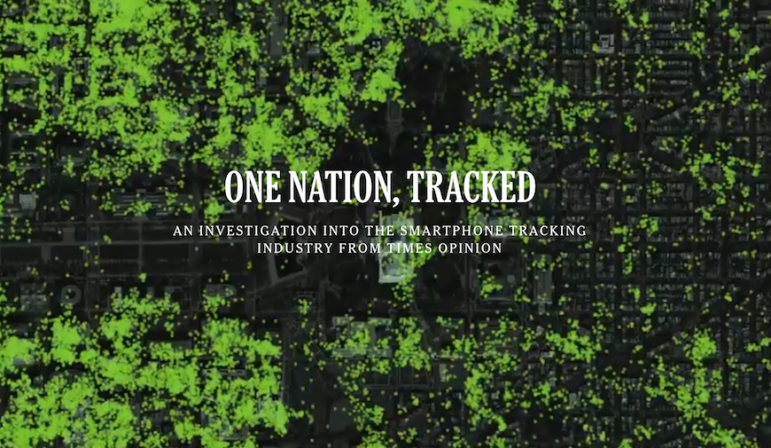
The New York Times’ Privacy Project highlighted the alarmingly unregulated activity of location data companies collecting data from millions of smartphone users. As the coronavirus pandemic sheds further light on the uses and misuses of location tracking, here’s a deeper look at the project that visualized phones being tracked around the US, from the Pentagon and the White House to the streets of San Francisco.

What tools do you need to master as you head into your next investigation? We’ve rounded up some of GIJN’s most popular how tos from our story archives, as well as select items from our growing Resource Center.
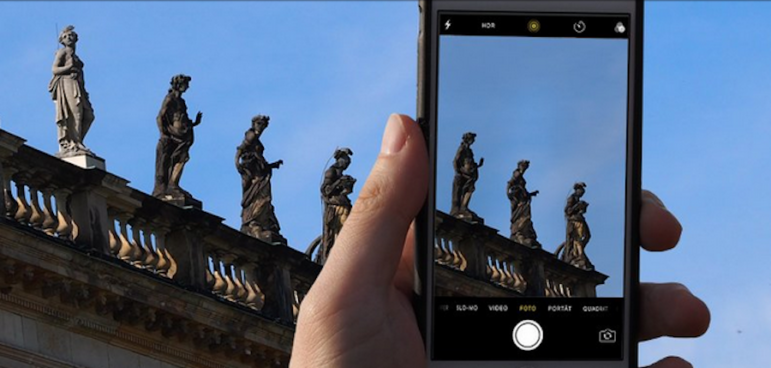
Quiztime is a Twitter game beloved by journalists and other online sleuths who play it to hone their geolocation skills. Every day, one of the quizmasters tweets a mysterious image, and participants try to figure out where in the world it was taken by examining the minutest of clues.
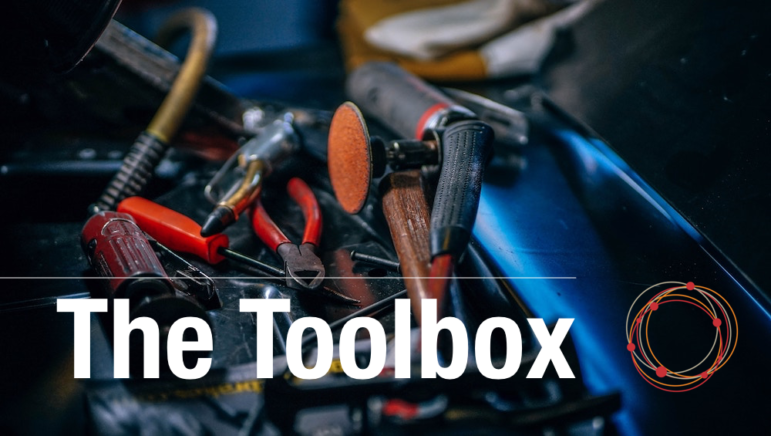
The past few years have seen an explosion of digital tools that can be used to enhance journalism research and reporting. In this new monthly feature GIJN’s IT Coordinator Alastair Otter takes a look at some of the best and latest tools and techniques for enhancing investigative and data-driven journalism.